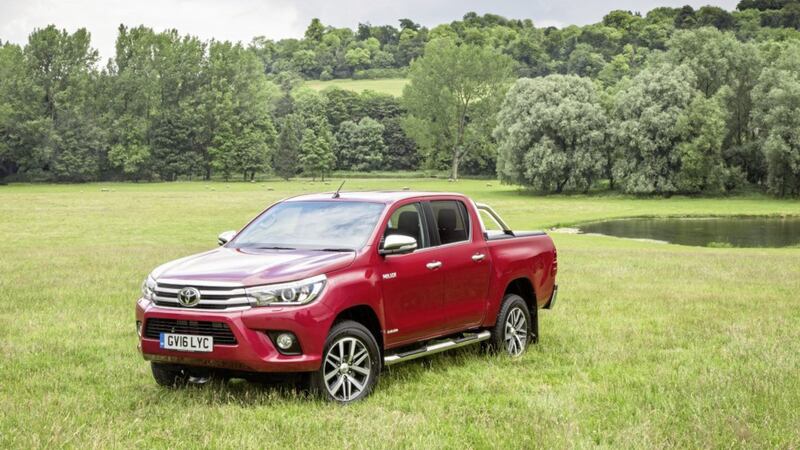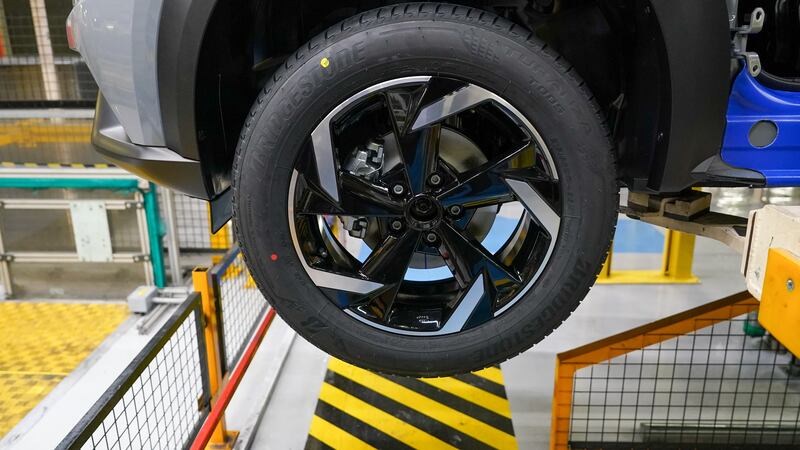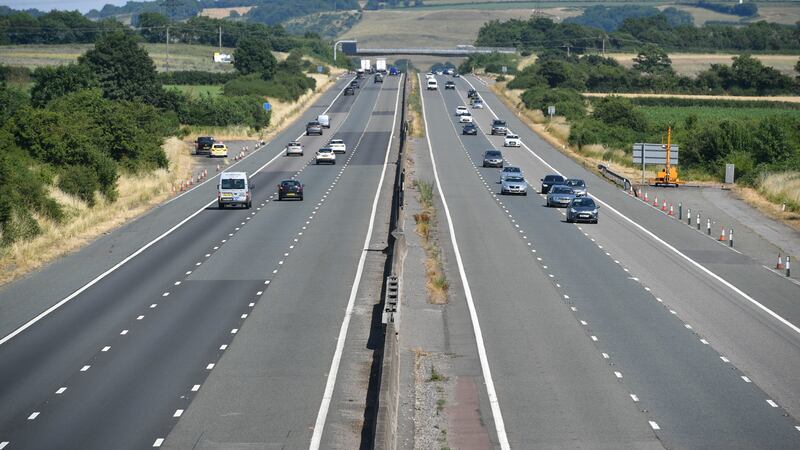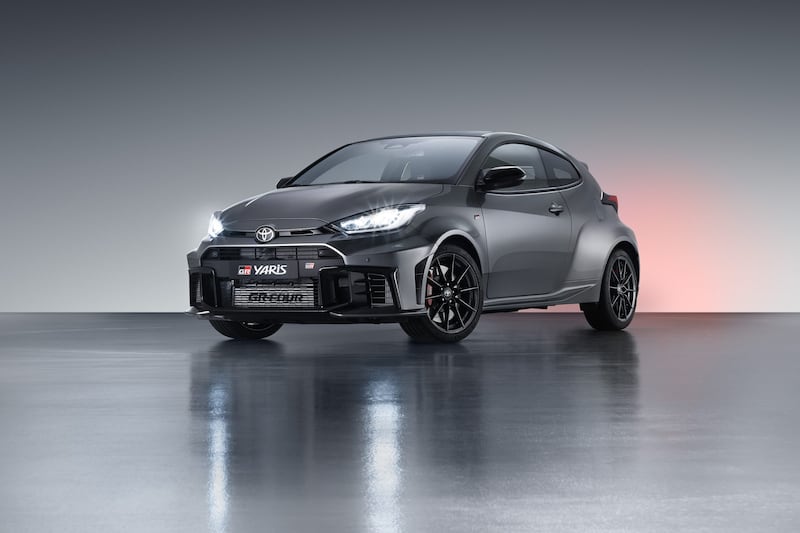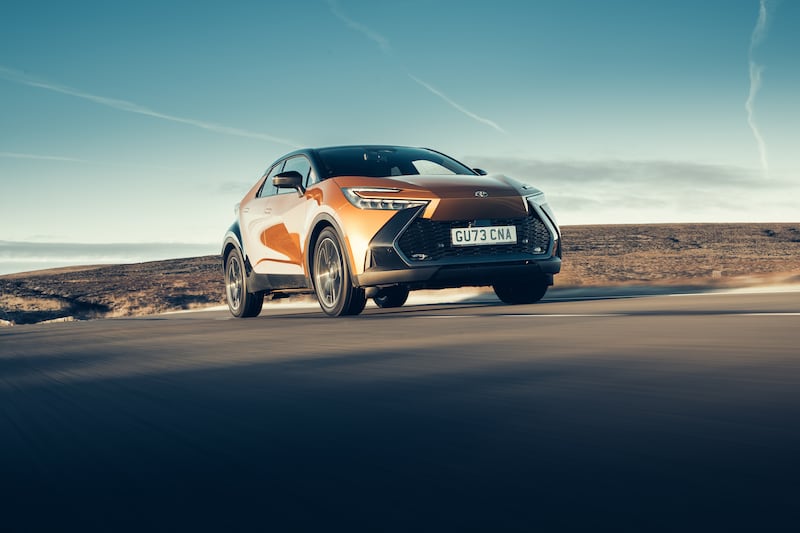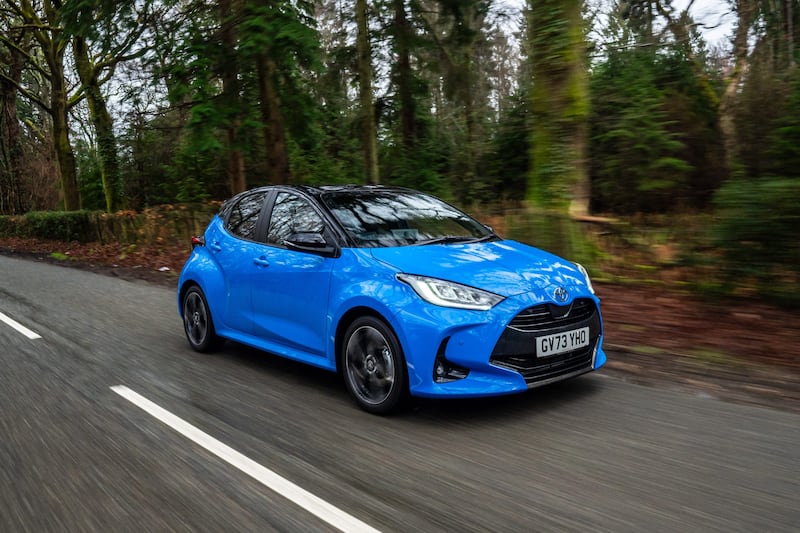"HIGH luxury" probably isn't the first phrase to come to mind when you think about pick-ups, writes William Scholes. The word "Hilux", on the other hand, is pretty much synonymous with the pick-up in Ireland.
Why Toyota decided that a contraction of the words "high" and "luxury" was the ideal nameplate for its pick-up when it launched in 1968 is rather a mystery, but Hilux has gone on to become the genre's most famous nameplate.
As a tough, reliable and no-nonsense workhorse for builders, farmers and other professionals who demand utterly dependable go-anywhere and carry- and tow-anything transport, the Hilux has carved itself an unrivalled reputation. It is virtually indestructible.
Put it this way: the test car came in a trim level called 'Invincible'. You've got to be pretty sure of your status to call yourself Invincible and get away with it.
The sheer capability of the Hilux has also attracted unwanted attention. It's the favoured transport for al-Qaida and Islamic State; the Toyota has even been described as "the vehicular equivalent of the AK-47 machine gun" and "ubiquitous to insurgent warfare".
Around 18 million sales attest to the unerringly accuracy with which successive generations of the Hilux have been aimed at the pick-up buyer's wish list.
It's the world's best-selling pick-up in the 'one tonne' class - a reference to its load bay capacity - and tops the sales charts in Europe. Punters in Northern Ireland love them too.
All of this means that a new Hilux is a big deal.
Toyota has recently launched the truck's eighth generation.
While retaining the Hilux's legendary utility, this time Toyota has set out to broaden its appeal to buyers of large SUVs by offering a posher, more car-like interior, improved refinement and the latest safety kit.
Providing your family is really into mountain biking, surfing or other similarly outdoorsy pursuits with bulky equipment, Toyota would even like you to consider buying a Hilux as a family car.
Despite the improvements in refinement, however, it is difficult to recommend the Hilux as a replacement for the family hatchback or SUV. It's too big, too thirsty, too slow, too much...
But as a pick-up for farmers or builders, the Hilux definitely remains at the top of the tree.
Key figures of interest to those customers are the Toyota's ability to pull 3.5 tonnes and carry up to 1.3 tonnes on its load bed.
The vehicle itself is 5.3 metres long, 1.9m wide and 1.8m tall. The load area measures 1.5m long, 1.6m wide and 48cm deep.
It needs a service either annually or every 10,000 miles and comes with a five-year, 100,000 mile warranty - though the pick-ups from Isuzu and Mitsubishi have five-year/125,000 mile warranties.
The Hilux comes in three body styles - two-seater single cab, four-seater extra cab and five-seater double cab - and prices stretch from £19,177 to £29,435. If you're not a business user, you'll need to add VAT.
Almost everyone buys the double cab version, in which the Hilux does its best impersonation of a proper car, with four-doors and decent space for back seat passengers.
Four trim levels, rising from Active and Icon to the aforementioned Invincible and leather trimmed Invincible X, are available.
A six-speed manual gearbox is standard though a six-speed automatic can be specified on most configurations.
No matter the body style or trim level there is only one engine, a 148bhp 2.4-litre diesel.
This is in keeping with the general industry trend towards downsized engines - the last Hilux had a 3.0-litre engine, and Isuzu's revised D-Max pick-up will have a 1.9-litre unit. Volkswagen and Ford can sell you more potent units.
The Hilux's new engine does have more torque than before, its 295lb.ft besting the previous 3.0-litre's 253lb.ft.
Fuel consumption has also improved. Hilux models with manual gearboxes achieve around 41mpg on the EU combined cycle, which is on a par with rivals.
Specify the fuel-sapping automatic transmission and that falls to an official 36mpg.
A beefier 2.8-litre diesel available in other markets is not offered to Northern Ireland customers.
The ladder frame chassis is 20 per cent stiffer than before and the four-wheel-drive system is still weapons grade tough.
Approach and departure angles have increased; suspension is by leaf springs at the rigid axle rear and double wishbones at the front.
Switching between rear- and four-wheel-drive can only be done in neutral - a D-Max will let you do it 'on the fly', for example - and there's a low-range gearbox and locking rear differential for when the going gets really tough.
The front differential now has an oil temperature sensor which automatically deactivates four-wheel-drive to prevent overheating.
Electronic aids include hill descent control and trailer sway control, which adjusts the brakes and throttle to suppress trailer sway or 'snaking', such as in crosswinds or when the driver applies incorrect steering.
Toyota has made a big effort to give the Hilux passenger car levels of safety.
As standard are seven airbags, including for the driver's knee, Isofix child seat mounts, ABS, emergency brake assist and stability control.
By specifying an optional 'safety package', the Hilux's Euro Ncap safety rating rises from three stars to a full five thanks to the addition of autonomous emergency braking with pedestrian detection and lane depart assist.
If the safety kit strengthens the Hilux's 'pick-up as car' credentials, then so too does the interior.
Still short of the overall tactile quality you would find in a car like a Toyota RAV4 or Auris, the Hilux does a more convincing car impersonation than most other pick-ups.
It's a sensible compromise, however, as it still feels tough and durable enough to withstand the sort of abuse that these vehicles take when used as work tools.
Other improvements include a touchscreen and the dashboard itself is more car-like than before.
Seats are comfortable and while there probably isn't quite as much space inside for every passenger as the Hilux's generous dimensions might suggest, it's still roomier than most pick-ups.
Take to the road, however, and family car pretensions all but evaporate.
It's better than most rivals but really, unless you absolutely need the capability of the Hilux in your family life, a more car-like SUV would be a wiser investment.
Compared to an SUV, the Hilux is slow. Top speed is quoted as 106mph, presumably achieved at the end of a seven-mile run-up, and the 0-62mph time is 12.8 seconds for a manual version and 12.3 seconds if the auto box is fitted.
The engine is noisy on start up and under acceleration, and the automatic gearbox isn't the sharpest tool in the box. It cruises reasonably quietly, though.
It is a softly sprung big beast too, a reminder that it is chiefly designed for carrying and pulling heavy loads and tackling rough ground.
The Hilux rolls a lot in corners and there isn't a lot of grip, despite the 2.1 tonne kerb weight and jumbo tyres.
It is a combination that, particularly with classically slow pick-up steering, means you will want to treat the throttle pedal with maximum respect when a Hilux with an empty load bay meets a greasy road.
If the preceding paragraphs sound critical, it should be remembered that is only in relation to the SUVs against which Toyota itself invites comparison.
But measured as a pick-up, against its rivals from Mitsubishi, Isuzu, Nissan and Ford, the Hilux is outstandingly accomplished.
Treat it as a pick-up, rather than an SUV with a load bed, and the Hilux excels - still. As an all-round package, it is hard to beat.
:: AT A GLANCE:
Toyota Hilux Invincible double cab automatic
Price: £31,350. As tested: £32,645. Options included metallic paint £545, sat-nav and infotainment £750 (Commercial vehicle price, ex-VAT £27,235)
Engine and transmission: 2.4-litre four-cylinder diesel turbo, six-speed automatic gearbox, four-wheel-drive; 148bhp, 295lb.ft
Performance: Top speed 106mph, 0-62mph in 12.3 seconds
Fuel consumption: 36.2mpg (EU combined); 30.2mpg (real world)
CO2, road tax, benefit in kind: 204g/km - £230 annually - £634 annually for 20 per cent, £1,268 for 40 per cent taxpayers
Euro Ncap safety rating: Dual-rated in 2016: Five stars with optional safety pack (93/82/83/63),Three stars without (85/82/73/25)
